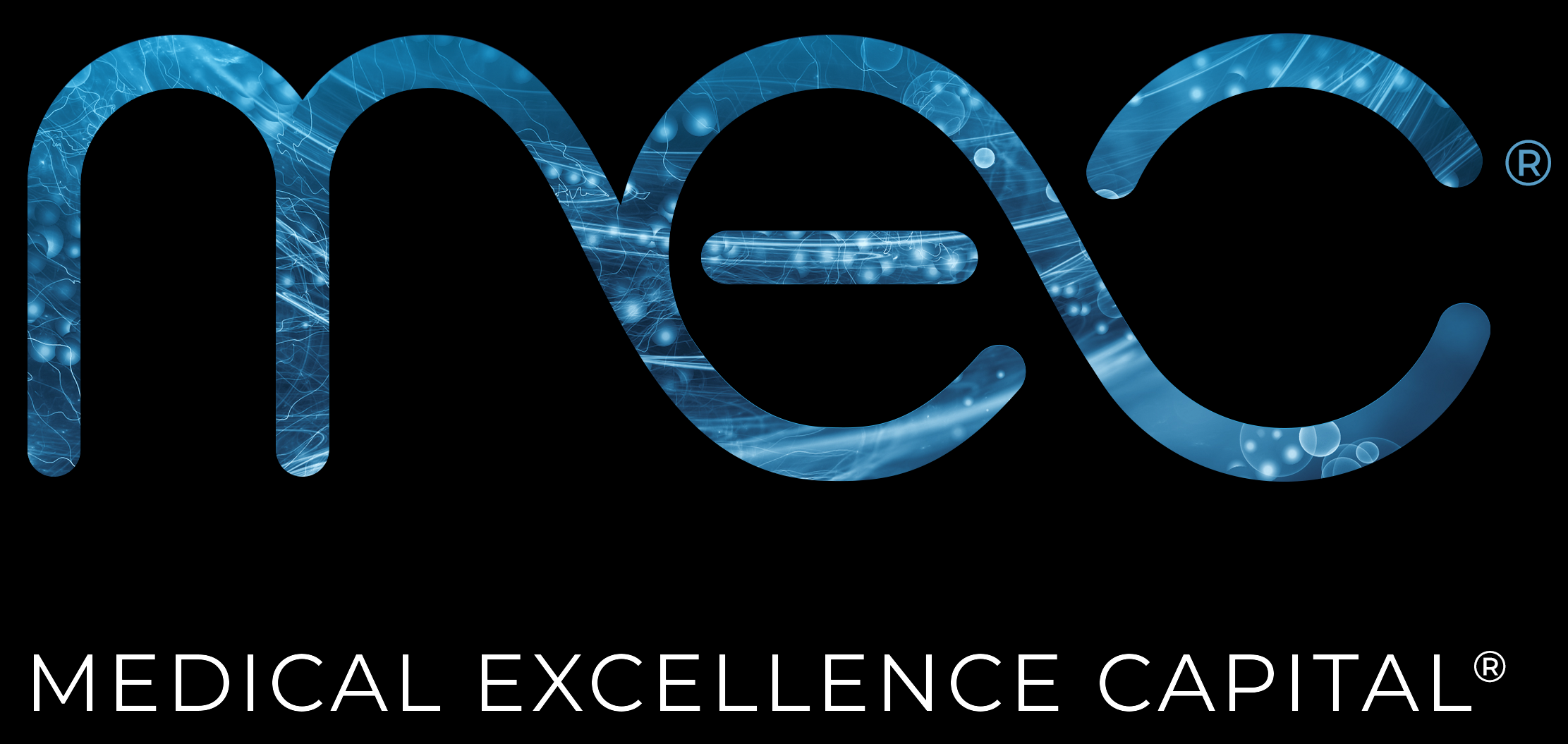Looking Ahead Series: Developing Insights from the MEC Council and the Brightest Minds
Looking ahead to the new year in 2023 and beyond, we tapped into the MEC Council to gain insight into the most important and emerging themes in the life sciences sector. Together, we were able to identify a number of exciting areas of research and development that are poised to have a major impact as the decade unfolds. In this and an upcoming series of blog posts, we will explore these developments and discuss the potential implications of each one. We will analyze the opportunities and challenges for these developments, how they may change the landscape of life sciences, and how they could be used to improve the lives of people around the world. By looking ahead to these exciting new developments, we can gain a better understanding of where the life sciences industry is headed, and in turn, how we can shape new technologies to improve the world.
Opportunities Abound in Neurology, but Breakthroughs Will Demand Better Tools
Across our MEC Council, the high potential of recent advances in neuroscience was a recurring theme. A better understanding of the complexities of neurological disorders has significantly improved the understanding of etiologies. Combined with technological advances in diagnostics, this has led to a greater sense of optimism to offer broader therapeutic approaches for both rare and common neurological diseases. Comparisons were drawn between the current state of neurological therapeutic development and the explosion of investment and resulting technological advances in oncology therapeutics in the last decade. Why have material advances in neurological therapies lagged behind? One significant factor is that cancer research has the advantage of being able to directly sample cancer tissues. The challenge of doing the same in neurologic tissue makes it much more difficult to make similar advances in the neurological field. Fortunately, progress in understanding neurological etiologies is being made as improvements in biopsy tools and techniques, digital biomarkers, and imaging approaches have provided valuable insights. This progress has enabled further research into conditions such as ALS, ADHD, Autism, MS, and Parkinson’s Disease.
Need for Continued Regulatory Flexibility and Support for Breakthrough Technologies in Neuroscience
Fast-tracking the development of new therapies for neurodegenerative diseases is highly dependent upon the FDA continuing to foster regulatory flexibility. Incumbent to new thinking is for the FDA to allow biomarkers and novel clinical trial designs to be used as significant factors in the approval process. This is especially pertinent to disorders that develop and progress over long periods of time. Such flexibility not only allows a shorter development path but can also bring more timely relief to those suffering from serious, life-threatening diseases. The approval of aducanumab for Alzheimer’s dementia in 2021, as well as the comments made by Billy Dunn (director of the FDA’s Office of Neuroscience) during the Amylyx Advisory Committee meeting, demonstrate the FDA’s commitment to the use of biomarkers, and added assessment flexibility. Ultimately, the use of biomarkers, novel clinical trial designs, and continued regulatory flexibility to be incorporated as routine in neuroscience research and development are essential to expedite the development of new therapies for neurodegenerative diseases, and, at the bedside, in providing timely relief to those suffering from such devastating disorders.
Stay tuned for future postings about emerging trends and innovations such as quantum biology, multi-omics, and much more.
